Research scientists at the Leibniz-Institute for New Materials have developed luminous particles that can also withstand high temperatures. When activated by UV light or x-rays, they glow orange red.
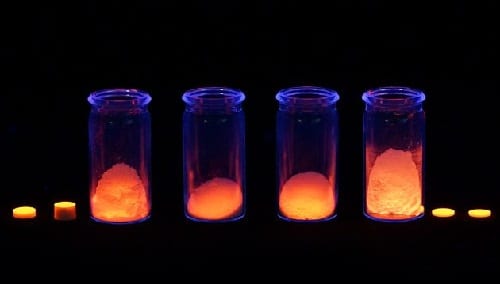

Research scientists at the Leibniz-Institute for New Materials have developed luminous particles that can also withstand high temperatures. When activated by UV light or x-rays, they glow orange red.
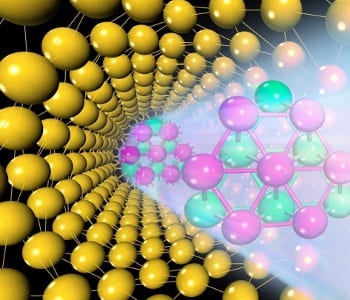
A new 1D gold nanowire is proposed for novel nanoelectronics by researchers in China. The design of the new structure was achieved by carefully considering the stability of 0D, 1D, and 2D gold nanostructures.
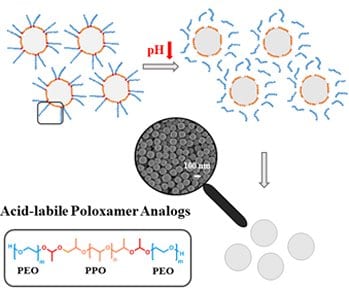
Researchers from Germany introduce acid-triggered precipitation which facilitates the removal of surfactant fragments from nanoparticles simplifying the purification and enabling nanoparticle precipitation “on demand.”
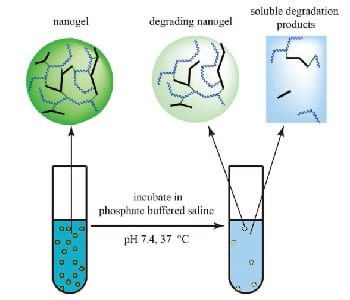
To tailor the degradation of nanogels, Scientists from Utrecht University investigated the impact of the structure of polymeric building blocks on the properties of nanogels and their degradation behavior.
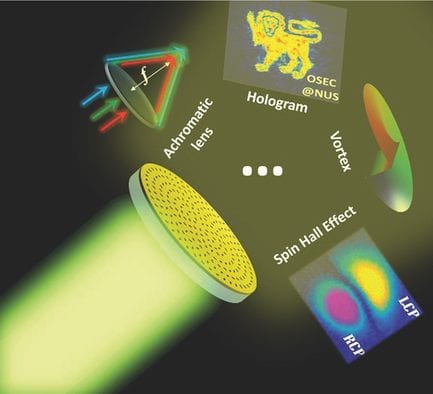
The month’s top articles from the field of nanooptics, optoelectronics, optical devices, detectors & sensors, micro/nano resonators and more.
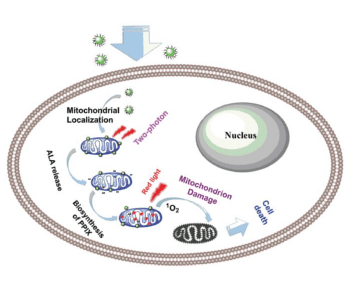
A carbon-dot nanosystem is developed for photodynamic therapy, which releases a photosensitizer bioprecursor in cancer cells upon irradiation.
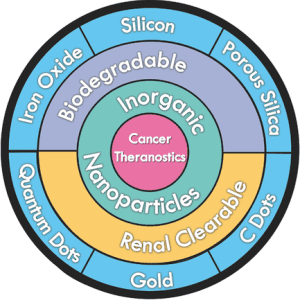
Nanoparticles have proven to be a powerful tool in fighting cancer through the development of personalized therapy options.

Researchers from Georgia Tech and Emory University have used gold nanospheres for the targeted delivery of anti-miRNA into inflamed endothelial cells to suppress atherosclerosis.

A common goal for tissue engineering has been finding a way to regenerate and repair the inflamed tissues.
Silk, elastin and collagen are naturally occurring fibrous proteins with a tremendous potential in biomaterial systems.